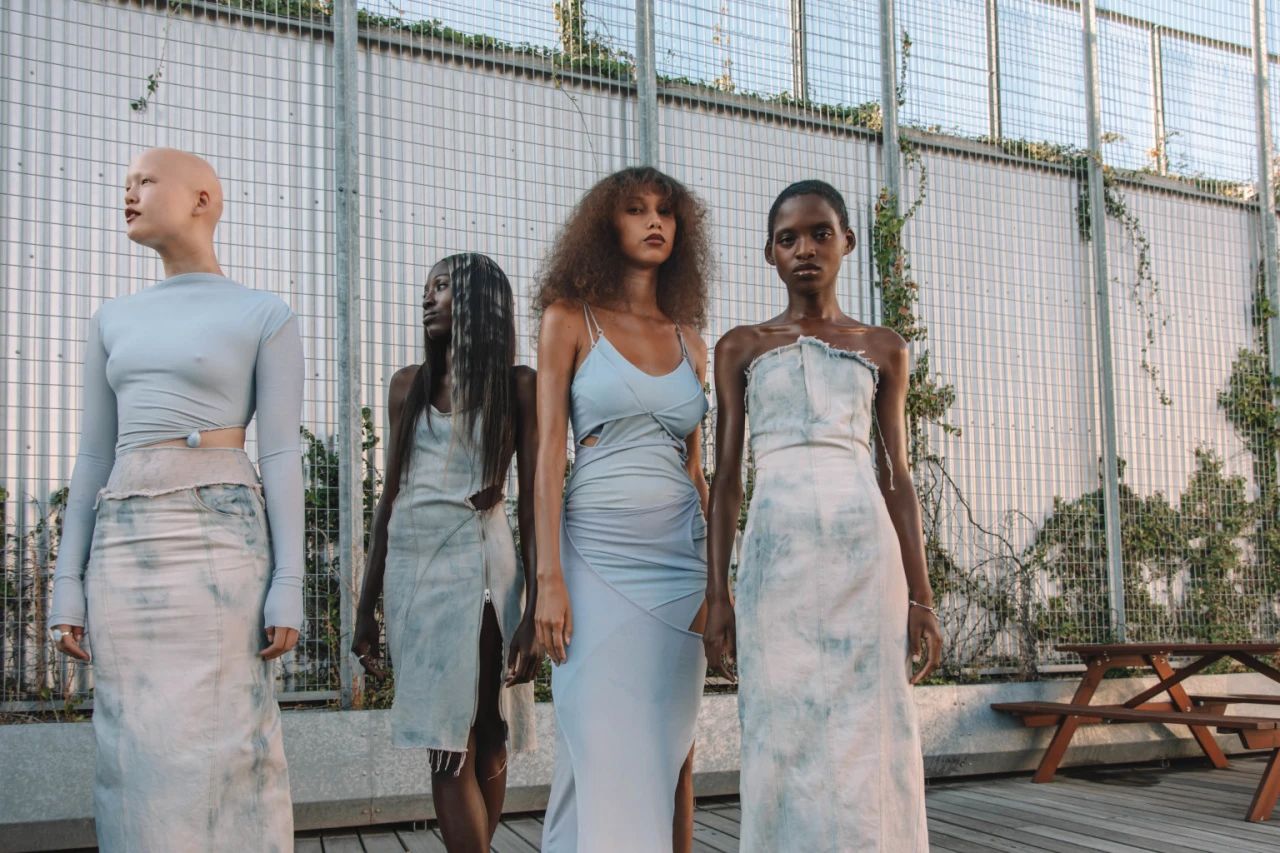
VERTU IRONFLIP: A Perfect Fusion of Intuitive Design and Heroic Colours
VERTU IRONFLIP, a folding screen mobile phone for high-end men, not only has the top technological configuration, but also the
Photo by Henrik Bodin

The Swiss textile recycling company Renewcell long-term supporters including H & M Group and BNP Paribas, and also maintains good cooperation with fashion brands including Inditex, Levi’s and Ganni. The company has long been seen as the most sustainable and environmentally friendly company with the promise of large-scale production of new materials, however, Renewcell recently filed for bankruptcy and ultimately failed to achieve the growth targets it has promised to the market since it went public in November 2020.
But perhaps the real question for many is not what Renewcell did wrong, but why is the industry still allowing this to happen?
Image source: Renewcell
“Renewcell failed to secure sufficient financing to complete the strategic review announced on November 20, 2023,” the company said in a statement.” The announcement stated that the company had conducted “in-depth negotiations” with its two major shareholders, H & M and Girindus, on a long-term financing solution, but did not find the liquidity funds needed to continue to ensure operations. Renewcell declined to comment further on the matter.
“We have spent a great deal of time and effort with our consultants trying to ensure that the company has the necessary liquidity, capital and ownership structure to secure its future growth. As part of the negotiations, we have had an intense dialogue with our current major shareholders,” said Michael Berg, chairman of the board of directors, in a statement. “These discussions have not been successful for the owners, new investors, banks and other stakeholders. It’s a sad day for nature and our company. This also indirectly proves that the fashion industry lacks leadership and the necessary pace of change.”

Photo Source: H & M
Renewcell has long faced a series of questions about how to deal with the challenge of expanding textile recycling capacity and trying to integrate it into the entrenched, risk-averse fashion industry. Some are skeptical of its IPO strategy. When the Swedish company debuted on Nasdaq First North in 2020, it opened at 76 kronor per share ($7.39 at today’s exchange rate), giving it about 0.8 billion kronor ($77.8 million) net of transaction fees. But it got caught up in a recurring dilemma. Questions have been raised about whether the company was prepared to handle the pressures of the capital markets from the start of the IPO.

Renewcell recycling plant in Sundsvall, Sweden. Photo by Alexander Donka
Last October, Renewcell’s shares plunged 77% after a massive sell-off in the previous week. Investors questioned the company’s ability to ensure raw material production in sufficient quantities and at low enough prices to produce competitive materials for brands to buy.
For companies, organizations and individuals committed to driving systemic change in fashion, the news of the Renewcell bankruptcy touched their hearts and revealed the difficulties faced in trying to achieve change when operating within the existing system.
Crispin Argento, managing director of The Sourcery, wrote on the Linkedin: “It’s not just Renewcell bankrupt, we’re all bankrupt.” Peter Majeranowski, co-founder and president of materials start-up Circ, also posted on the Linkedin: “The news of Renewcell’s bankruptcy has brought very mixed industry emotions… Their innovation and drive once infected many of us. My heart goes out to the Renewcell team and all who are feeling the ripple effects of this news.”
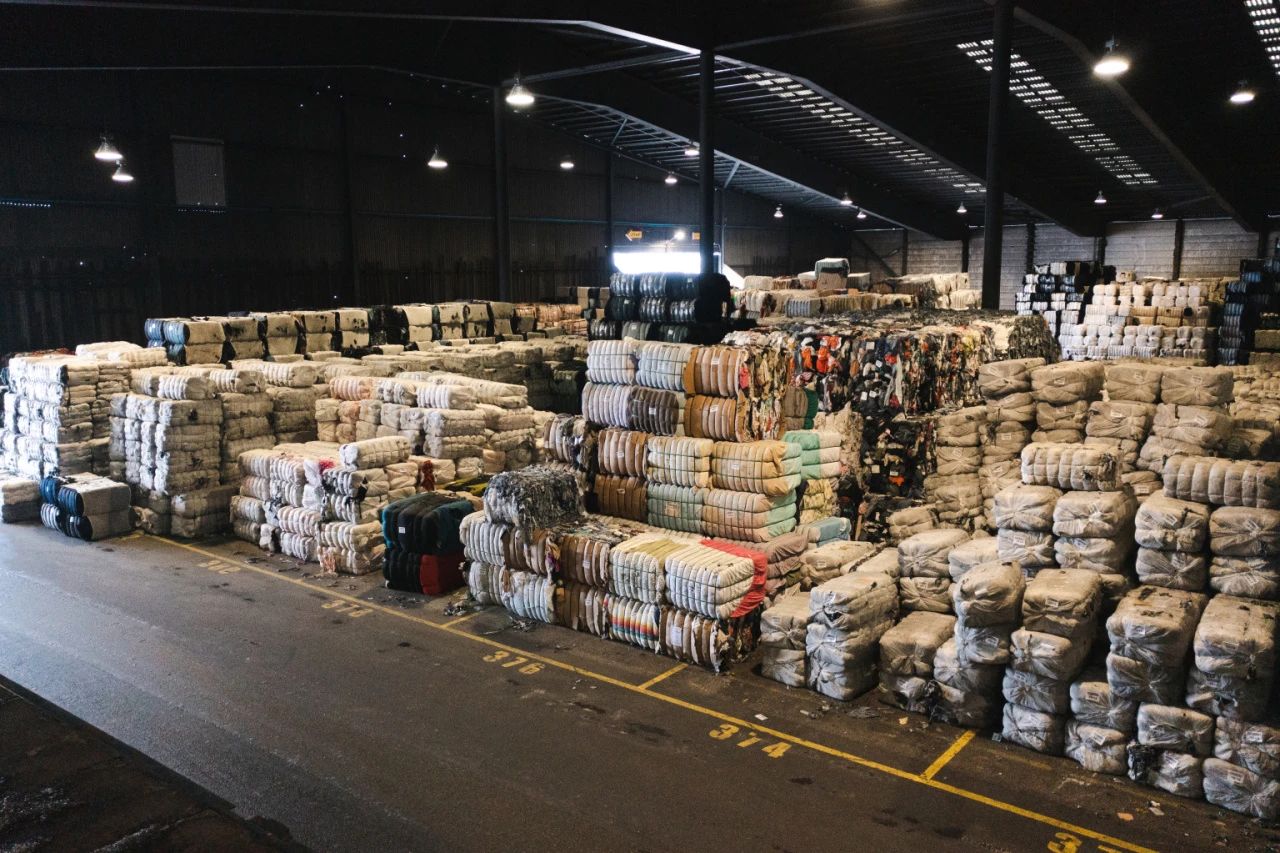
Renewcell has developed a technological process that can recycle used cotton clothes into Circulose materials, which are designed to replace wood pulp traditionally used to make viscose and other man-made cellulose. Credit: Alexander Donka, Renewcell
“As a new player driving change in a very traditional industry, it’s hard to innovate. This weekend’s news highlights the urgent need for the industry to create a thoughtful architecture among brands, manufacturers, innovators and financiers to effectively integrate exciting new technologies.” Circ’s Majeranowski told Vogue Business.
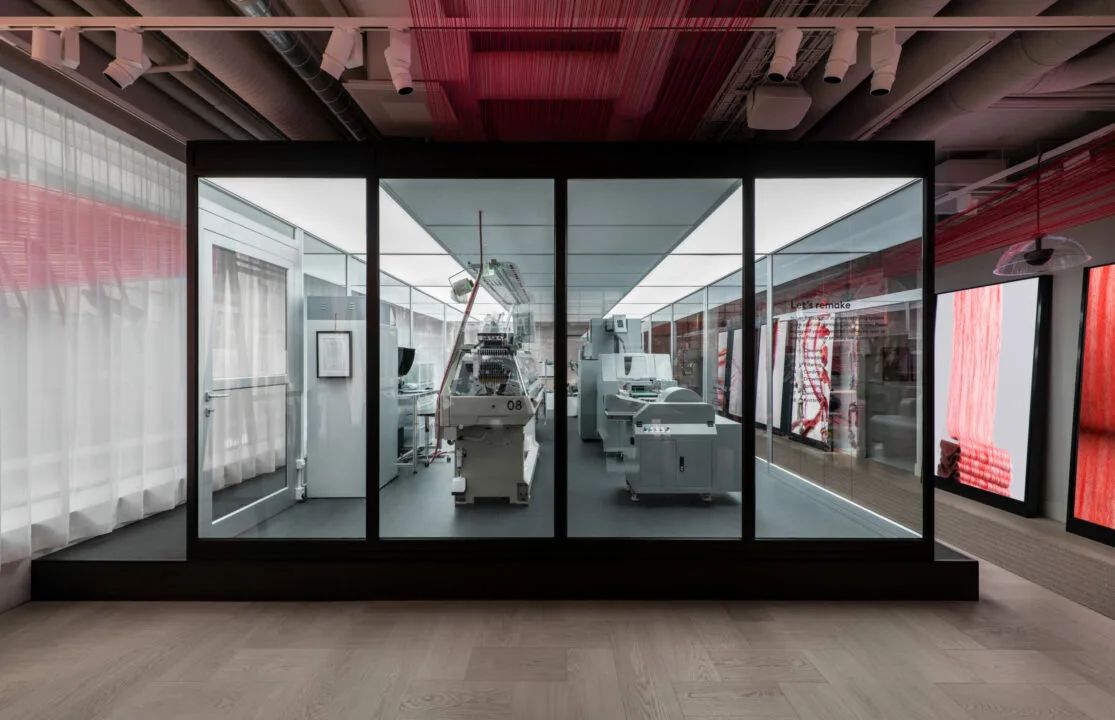
# **The cost of sustainable innovation in the fashion industry remains high * *
Priyanka Khanna, director of innovation at scale at Fashion for Good, says the most important lesson is clear: “The challenges that plague innovation in new materials remain,” she says. “Before startups achieve scale, they will never have enough opportunities to work with every supplier, nor can they provide the same products that existing suppliers have managed to provide for decades.”
Entire industries and the supply chains they depend on are long and complex, and transformation is an extremely complex task, both at the financial and logistical levels.

Image source: nytimes.com
To be successful, you need to be more willing to take risks than anyone to date, especially from brands. In that sense, Renewcell could be icebreakers. “Being No. 1 is never easy,” Majeranowski wrote in his post.
Brands and innovative startups alike can choose to learn from a Renewcell mistake rather than be scared off by its failure. But the latter is highly likely, and brands and suppliers may now shy away from investing in new materials because of the uncertainty inherent in them.
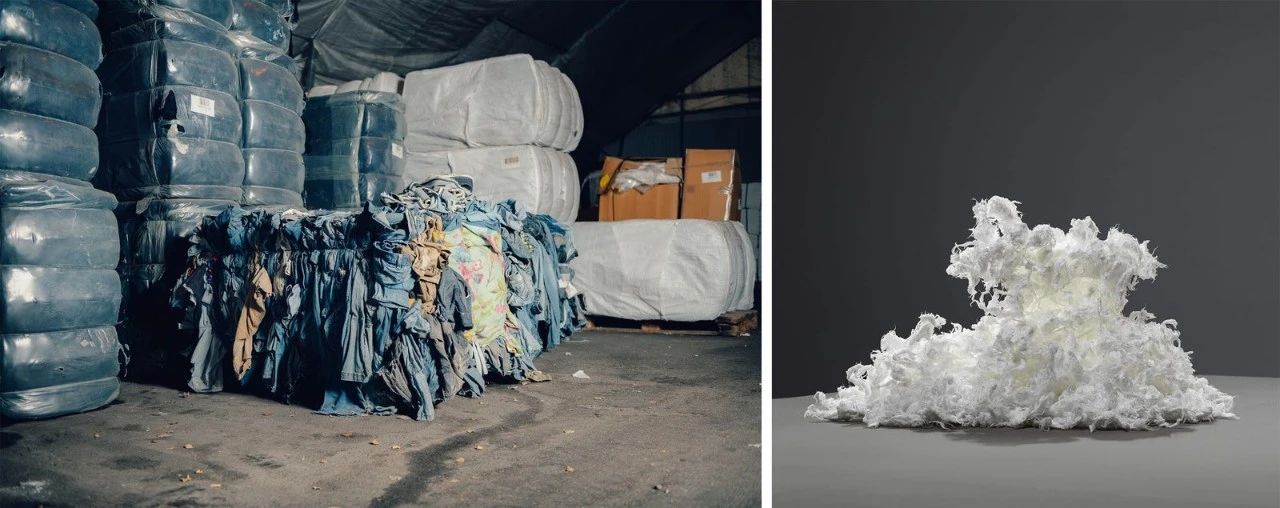
Image source: nytimes.com
Fashion for Good exists to help startups like Renewcell scale and works behind the scenes with brands to help them accelerate the process, and the implications of its bankruptcy are profound. Khanna said the news raises some pressing questions: “Is the industry ready for the next generation of large-scale solutions that go beyond micro-scale? Can we scale innovation in a free market, or is there a need for subsidies [or] policy action to provide additional help?”

# **What is the role of the brand to promote innovation? * *
Whether this news will affect the brand’s willingness to cooperate with other new materials companies in the future remains to be seen. But that is partly not the point, Khanna said. This bankruptcy should be a wake-up call for brands to be actively involved in helping innovative start-ups succeed, rather than passively waiting for materials to be ready before starting to use.
She further said: “Brands need to re-evaluate their strategies, actively support innovators outside the pilot and capsule series, and understand that setbacks are part of the innovation effort.” She added that brands need to be smart about new partnerships and need to think about how to manage premiums and how to get core business teams (including building innovation interest among designers and other staff within the brand) and suppliers to adopt and scale new materials.
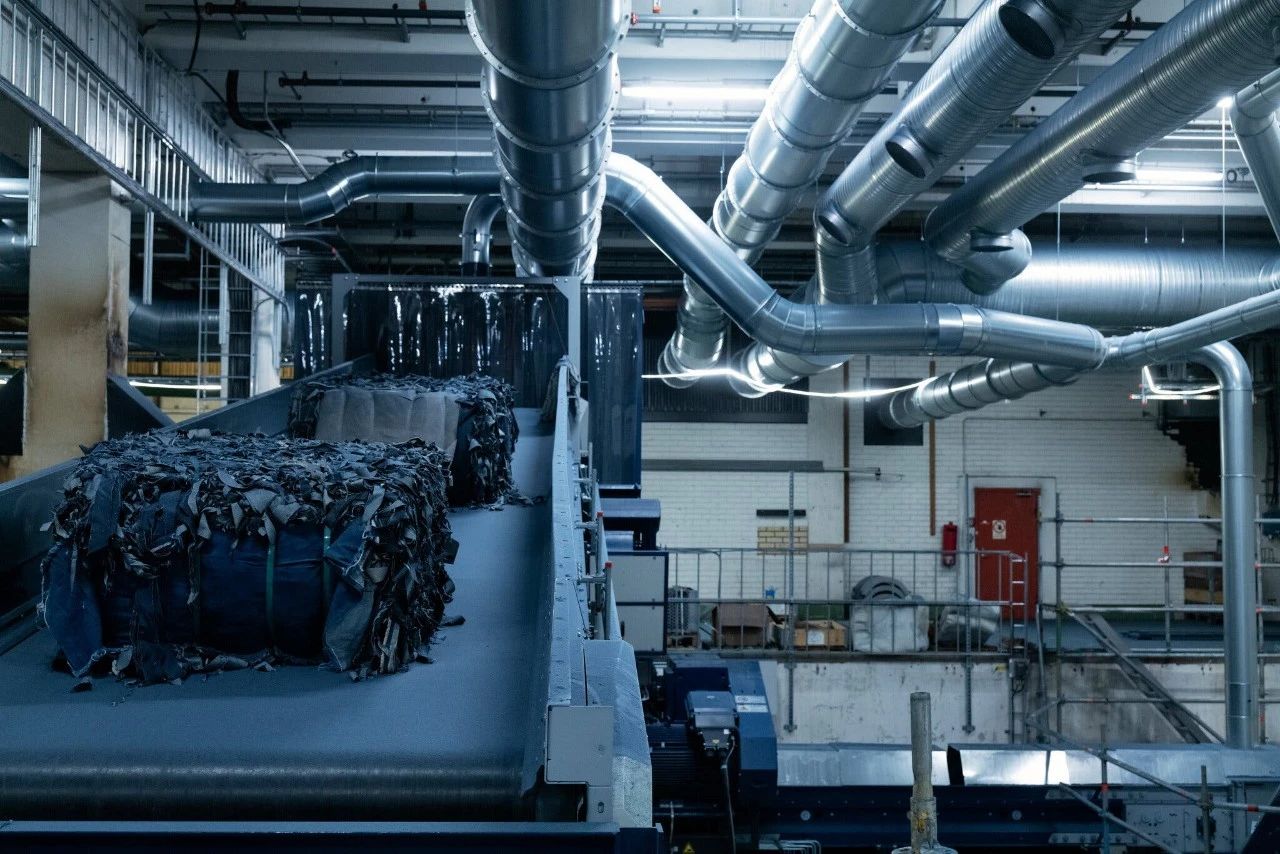
Image source: Circulose
H & M Group declined to be interviewed for this article, including to answer a question from industry insiders about whether the company could have invested more in the Renewcell, whether in terms of financial, logistical support or in terms of advocacy within the industry. In a statement, the company said it had “continuously supported” the Renewcell’s growth over the years and was “confident in its vision” during that time “.
“As of December 20, 2023, H & M Group has signed a term sheet for the acquisition of 7,000 tonnes of Circulose in 2024 and 11,000 tonnes in 2025. While the company is focused on increasing volumes, we note that it has consistently failed to secure additional demand, leading to the current financial situation and yesterday’s bankruptcy announcement,” H & M wrote in a statement. “We actively choose to invest in innovative products and technologies, such as Renewcell products and technologies, and in our portfolio of more than 25 companies, there are also companies such as Infinited Fiber Company, Colorifix and Kintra Fibers. We regret the Renewcell’s statement yesterday, but after many discussions have decided that based on the current situation, we cannot invest more money in the company.”
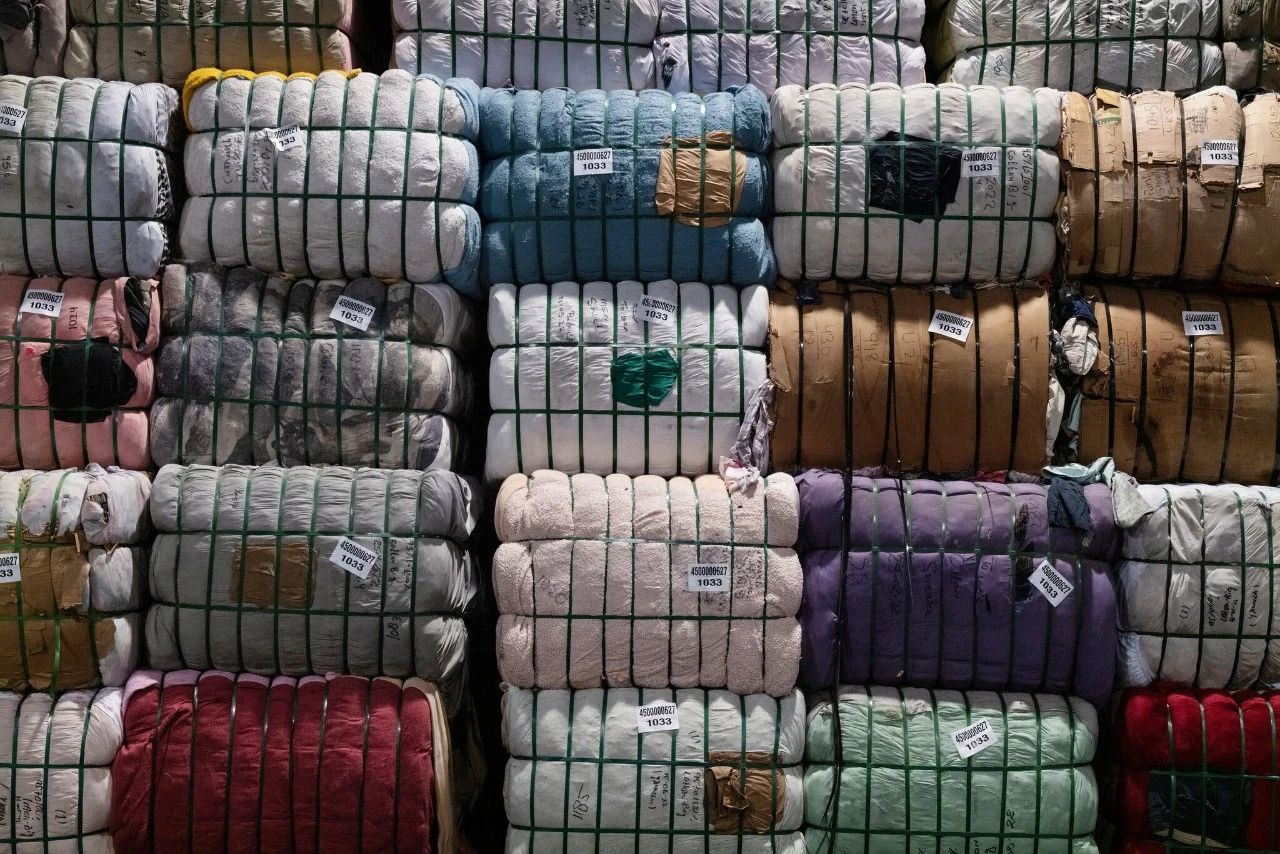
Image source: Circulose

# **Innovators and changemakers are trying to stay optimistic * *
The inner circle of sustainable fashion took to social media to express disappointment, frustration and outright anger at the Renewcell’s failure-placing the blame on a system that wasn’t prepared for success rather than on what Renewcell may have done wrong. They made a strong call for brands to take responsibility in changing the way the industry operates and for legislators to enact policies that encourage and incentivize change.
“It is of course important for the industry to have multiple brands making long-term acquisitions to create pull-innovation demand. But no sector of the industry operates in isolation, so it is equally important to have a well-established supply chain that is familiar with these new materials in order to get products efficiently through the supply chain into stores,” Majeranowski said. “The overall demand for material innovation from brands remains strong, and Circ is committed to helping the industry create these structures to provide consumers with more sustainable choices while protecting the planet from the cost of clothing.”
(Source: VOGUE Business)
